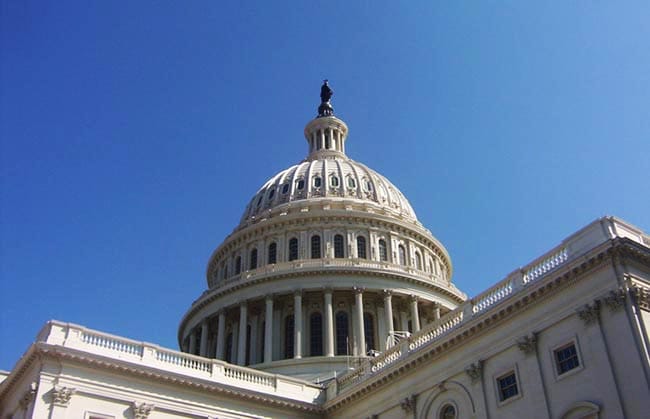Update: Tax Reform Moving Through Congress
Share post:
 In last month’s newsletter, we gave a brief overview of the Trump administration’s tax reform proposal, leaving Congress to decide what tax changes we will be seeing in the future. So where are they in the process today? Let’s take a look at the seven biggest differences between the House and Senate’s proposed tax bills.
In last month’s newsletter, we gave a brief overview of the Trump administration’s tax reform proposal, leaving Congress to decide what tax changes we will be seeing in the future. So where are they in the process today? Let’s take a look at the seven biggest differences between the House and Senate’s proposed tax bills.
Last Thursday, November 16, the House passed its “Tax Cuts and Jobs Act” bill after swift action by the GOP, with only 13 Republicans voting against it. The Senate’s version was moved out of committee later that evening. The two tax bills, however, show significant differences, where much work will still need to be done to reach an agreement before year end.
Below outlines the seven major differences between the House and Senate tax bills.
Individual Tax Rates
The House bill collapses the current tax brackets down to four brackets: 12 percent, 25 percent, 35 percent and 39.6 percent. In addition, there is a “bubble rate” for millionaires at 45.6 percent. The Senate’s bill keeps the current seven-bracket structure, but decreases the top tax rate from 39.6 percent to 38.5 percent.
Corporate Tax Rate
Lowering the corporate tax rate from 35 percent to 20 percent is the focus of both the House and Senate bills. While the House would like this rate to take effect in 2018, the Senate recommends waiting until 2019. The reason for this delay is in an effort to comply with the Senate accounting rule, known as the Byrd Rule.
Pass-Through Tax Rate
For “pass-through” businesses structured as partnerships, S corporations and sole proprietorships, the business is exempt from the corporate tax rates and the income “passes through” to the owners and taxed at the same rates that apply to wages and salaries. The House bill proposes a maximum 25 percent rate in this income, down from the current 39.6 percent. The Senate bill introduces a new 17.4 percent deduction targeted to help small businesses. There are restrictions, however, as “service businesses” such as law, consulting, engineering, medicine, and financial services companies having income over $75,000 a year are excluded from taking the deduction.
Itemized Deductions
The final House bill limits the number of itemized deductions to three: property tax deduction up to $10,000, charitable deductions and mortgage interest deductions. The House capped the mortgage interest deduction to interest on $500,000 of mortgage debt (down from $1 million currently). The Senate bill keeps the current mortgage interest deduction rules in place; however, it repeals the full state and local tax deduction (including property tax) in an effort to raise money to pay for tax cuts in other areas of the bill.
Estate Tax
Immediately doubling the taxable threshold from $5.5 million to $11 million is the common thread in both the House and Senate plans. This means that people will not pay tax on the first $11 million of inheritance. The House plan also intends to repeal the tax entirely after 2024. The Senate plan does not.
Affordable Care Act (ACA) Taxes
The final House bill did not include any changes in the ACA taxes, but the Senate proposes to repeal the individual mandate. Under current law, ACA taxes also include 3.8 percent net investment income tax and 0.9 percent Medicare payroll tax.
Medical Expense Deduction
Americans may be able to continue deducting hefty medical expenses. While the House bill removed the medical expense deduction completely, the Senate has kept it in the bill.
Conclusion
If you would like to read how the House and Senate plans compare to the Trump administration’s proposal, please read our Year-End Tax Planning for Individuals and Year-End Tax Planning for Businesses.
As tax reform continues to move through Congress, we will keep you updated on its progress. Please contact me at (805) 963-7811 or ecole@bpw.com if you have any questions about tax reform or year-end planning opportunities.
